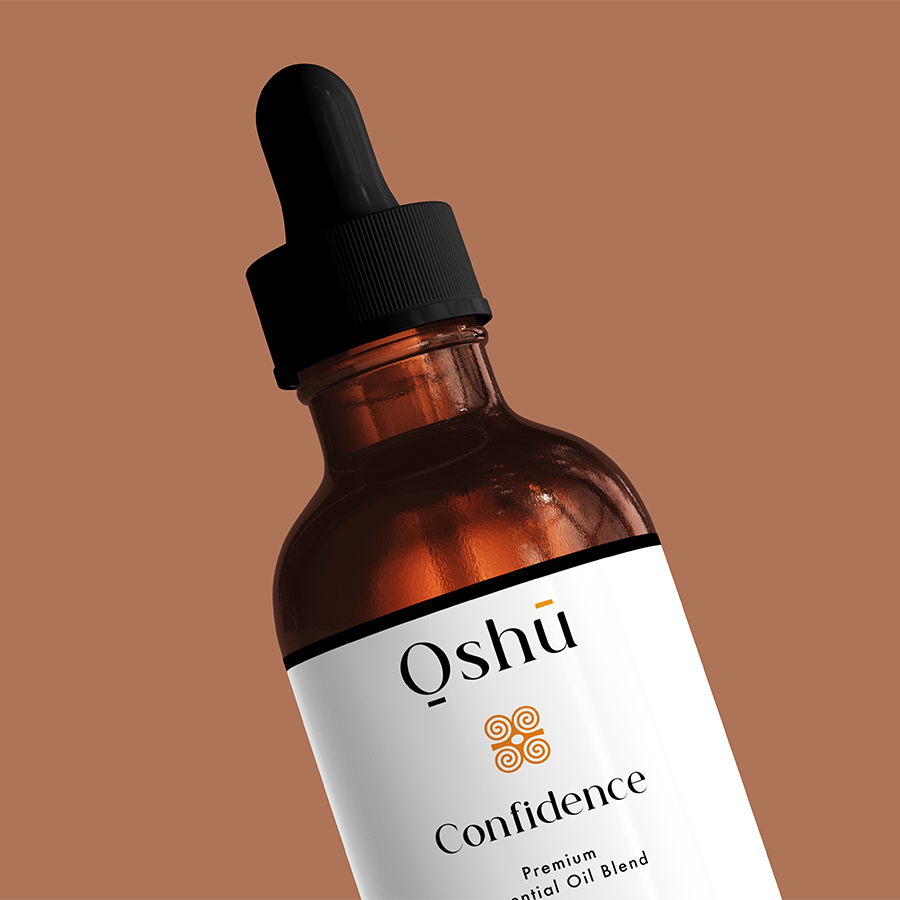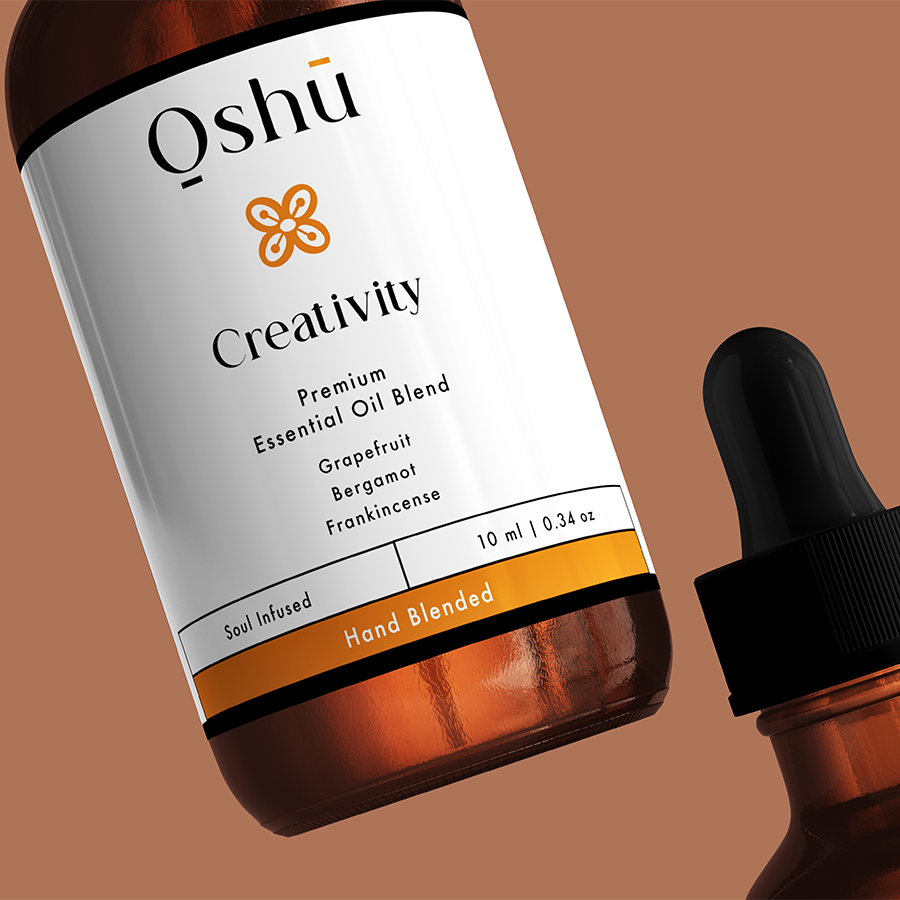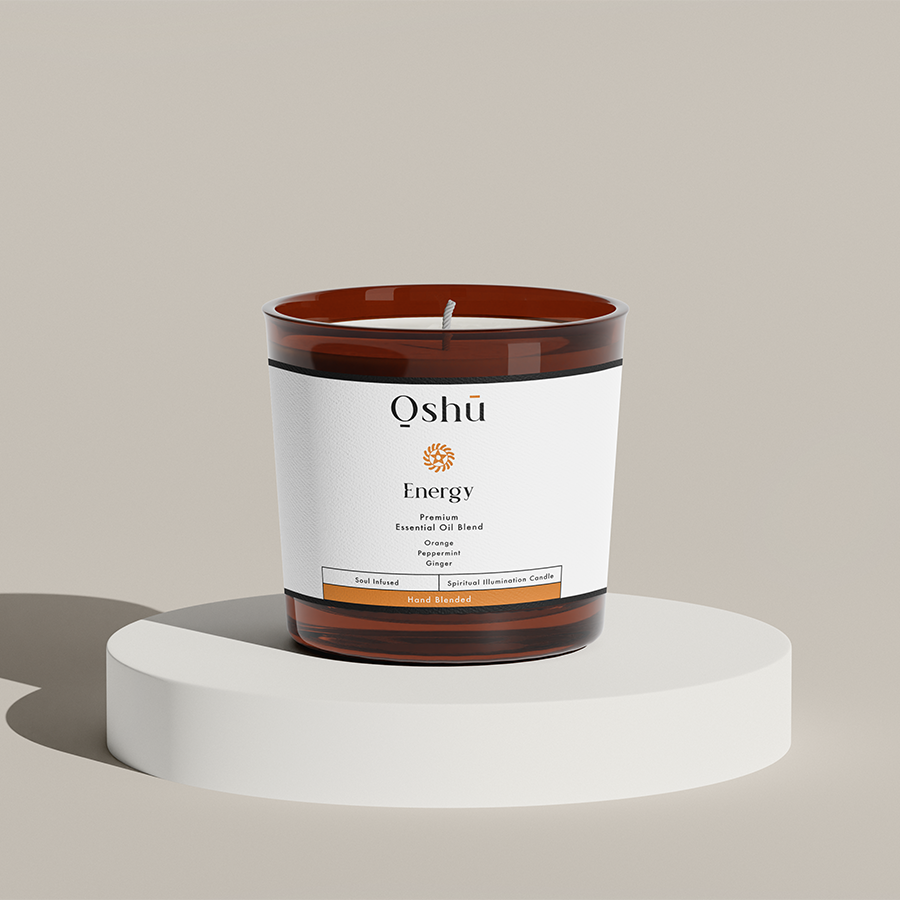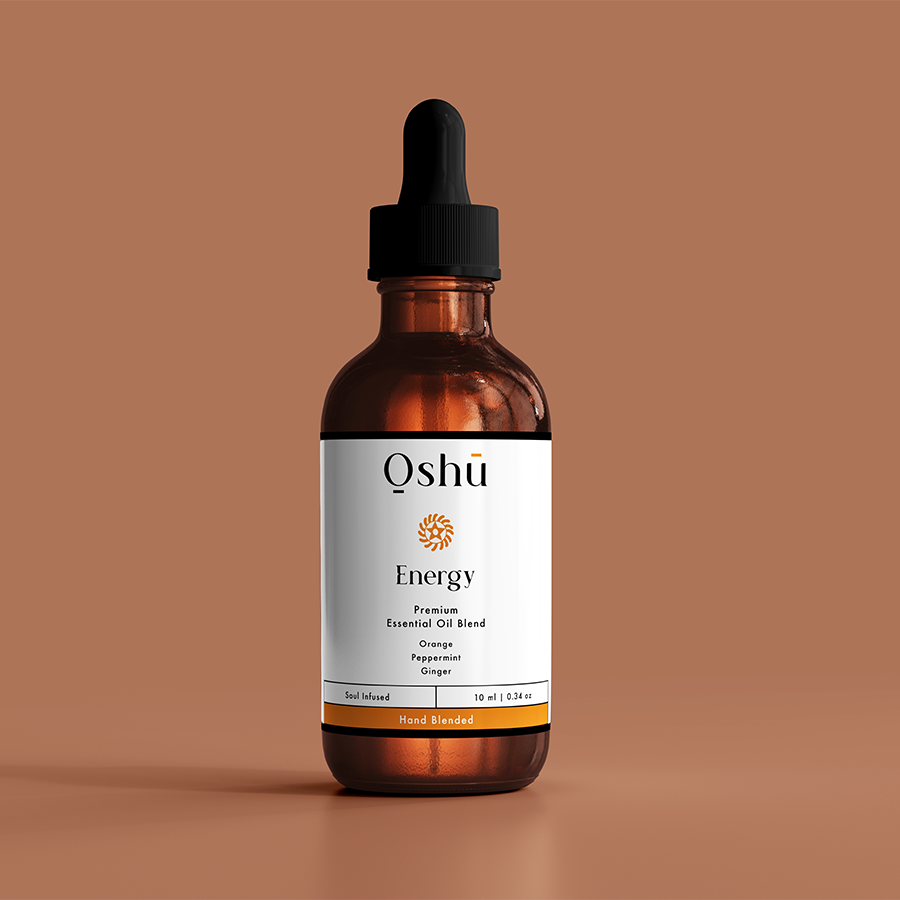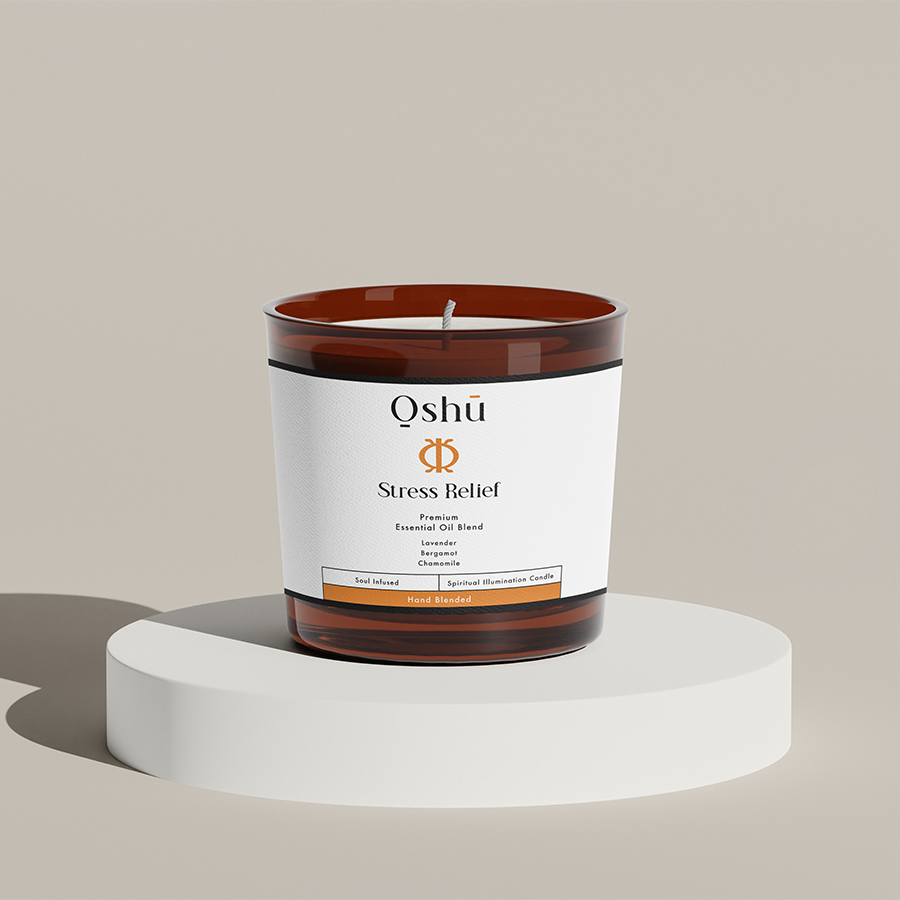Joint pain and inflammation are common complaints that can significantly impact daily life. Whether it’s from arthritis, injury, or overuse, joint pain can be debilitating and affect a person’s ability to perform even the simplest tasks. Inflammation is a natural response of the body to injury or infection, but chronic inflammation can lead to further damage and pain. Essential oils have been shown to be a natural and effective way to reduce joint pain and inflammation, offering a safe and gentle alternative to pharmaceuticals.
Table of Contents
The Science Behind Essential Oils and Joint Pain
Essential oils are concentrated plant extracts that contain powerful compounds that can interact with the body’s chemistry. Certain essential oils have anti-inflammatory and analgesic properties, making them ideal for reducing joint pain and inflammation. These oils work by blocking the production of pro-inflammatory enzymes, reducing swelling, and relaxing muscles. Some essential oils also have antioxidant properties, which can help to reduce oxidative stress and further inflammation.
Top Essential Oils for Joint Pain and Inflammation
While there are many essential oils that can be beneficial for joint pain and inflammation, some stand out for their potency and efficacy. These include:
• Frankincense (Boswellia serrata): Known for its anti-inflammatory properties, frankincense has been shown to reduce pain and inflammation in joints.
• Peppermint (Mentha piperita): Peppermint oil has a cooling effect that can help to reduce pain and inflammation, making it an excellent choice for joint pain.
• Eucalyptus (Eucalyptus globulus): Eucalyptus oil has anti-inflammatory properties and can help to reduce swelling and pain in joints.
• Ginger (Zingiber officinale): Ginger oil has anti-inflammatory compounds that can help to reduce pain and inflammation, making it an excellent choice for joint pain.
• Turmeric (Curcuma longa): Turmeric oil contains curcumin, a powerful anti-inflammatory compound that has been shown to reduce joint pain and inflammation.
Methods of Use for Essential Oils
There are several ways to use essential oils for joint pain and inflammation, including:
• Topical application: Mix a few drops of essential oil with a carrier oil (such as coconut or jojoba oil) and apply directly to the affected joint.
• Massage: Massage a few drops of essential oil into the affected joint to increase blood flow and reduce tension.
• Aromatic use: Inhale the vapors of essential oils through steam inhalation or using a diffuser to reduce pain and inflammation.
• Bathing: Add a few drops of essential oil to a warm bath to relax muscles and reduce inflammation.
Blending Essential Oils for Joint Pain and Inflammation
Blending essential oils can create a synergistic effect, enhancing their individual benefits. Some popular blends for joint pain and inflammation include:
• Frankincense and peppermint: This blend combines the anti-inflammatory properties of frankincense with the cooling effect of peppermint.
• Ginger and turmeric: This blend combines the anti-inflammatory compounds of ginger with the potent curcumin of turmeric.
• Eucalyptus and peppermint: This blend combines the decongestant properties of eucalyptus with the cooling effect of peppermint.
Safety Precautions and Contraindications
While essential oils are generally safe, there are some safety precautions and contraindications to be aware of. These include:
• Always dilute essential oils in a carrier oil before applying to the skin.
• Avoid using essential oils on open wounds or broken skin.
• Consult with a healthcare professional before using essential oils, especially if you have a medical condition or are taking medication.
• Pregnant or breastfeeding women should consult with a healthcare professional before using essential oils.
Essential oils offer a natural and effective way to reduce joint pain and inflammation. By understanding the science behind essential oils and how they work, and by using the right essential oils and methods of use, individuals can find relief from joint pain and inflammation. Remember to always follow safety precautions and consult with a healthcare professional if necessary. With the right knowledge and approach, essential oils can be a powerful tool in managing joint pain and inflammation.
Further Resources
If you’re interested in learning more about essential oils and joint pain, we recommend exploring the following resources:
• National Institute of Health: “The Effects of Essential Oils on Pain and Inflammation”
• Journal of Alternative and Complementary Medicine: “The Use of Essential Oils in the Management of Chronic Pain”
• Oshu Oils: “Essential Oil Recipes for Joint Pain and Inflammation” (available on our website)
Frequently Asked Questions
What are essential oils, and how do they help with joint pain and inflammation?
Essential oils are concentrated plant extracts that have been used for centuries to promote physical and emotional well-being. Certain essential oils have anti-inflammatory and analgesic properties, making them a natural and effective way to alleviate joint pain and inflammation. By using essential oils topically, aromatically, or internally, you can reduce pain, inflammation, and stiffness, and improve joint mobility and flexibility.
Which essential oils are most effective for joint pain and inflammation?
Some of the most effective essential oils for joint pain and inflammation include Frankincense, Ginger, Turmeric, Peppermint, Eucalyptus, and Wintergreen. These oils have potent anti-inflammatory and analgesic properties that can help reduce pain and inflammation, and improve joint health.
How do I use essential oils for joint pain and inflammation?
There are several ways to use essential oils for joint pain and inflammation, including topical application, aromatherapy, and internal use. Topical application involves mixing a few drops of essential oil with a carrier oil and applying it directly to the affected joint. Aromatherapy involves inhaling the oil’s vapor, which can be done through steam inhalation, diffusing, or applying a few drops to your pulse points. Internal use involves taking essential oils orally, but this should only be done under the guidance of a healthcare professional.
What is the best carrier oil to use with essential oils for joint pain and inflammation?
The best carrier oil to use with essential oils for joint pain and inflammation is one that is rich in anti-inflammatory compounds and has a mild, non-irritating texture. Some popular carrier oils include Coconut Oil, Jojoba Oil, Sweet Almond Oil, and Grapeseed Oil. You can also use topical creams or gels that are specifically designed for joint pain and inflammation.
Can I use essential oils for joint pain and inflammation if I have a medical condition?
While essential oils can be a natural and effective way to alleviate joint pain and inflammation, it’s always best to consult with a healthcare professional before using them, especially if you have a medical condition. Certain essential oils can interact with medications or exacerbate underlying health conditions, so it’s important to get personalized advice and guidance.
Are essential oils safe to use during pregnancy or breastfeeding?
While essential oils can be safe to use during pregnancy and breastfeeding, it’s always best to exercise caution and consult with a healthcare professional before using them. Some essential oils can stimulate the uterus or affect hormone levels, which can be problematic during pregnancy. Similarly, some essential oils can be transferred to the baby through breastmilk, which can be harmful. Always err on the side of caution and get personalized advice before using essential oils during pregnancy or breastfeeding.
Can I use essential oils on open wounds or broken skin?
No, it’s not recommended to use essential oils on open wounds or broken skin. Essential oils can be irritating to the skin, and using them on open wounds or broken skin can increase the risk of infection, allergic reactions, or further irritation. Instead, wait until the wound has healed before using essential oils.
How often should I use essential oils for joint pain and inflammation?
The frequency of using essential oils for joint pain and inflammation depends on the severity of your symptoms and your individual response to the oils. Some people may find relief with daily use, while others may only need to use them a few times a week. Start with a low frequency and gradually increase as needed, and always listen to your body and adjust your usage accordingly.
Can I use essential oils in conjunction with other pain relief methods?
Yes, essential oils can be used in conjunction with other pain relief methods, such as physical therapy, medication, or acupuncture. In fact, using essential oils in combination with other methods can enhance their effectiveness and provide even greater relief from joint pain and inflammation. Always consult with a healthcare professional before combining essential oils with other pain relief methods.
How long does it take to see results from using essential oils for joint pain and inflammation?
The time it takes to see results from using essential oils for joint pain and inflammation can vary depending on the individual, the severity of their symptoms, and the specific oils being used. Some people may experience immediate relief, while others may need to use the oils consistently for several weeks or months before seeing significant results. Be patient, and remember that essential oils are a natural and holistic approach to pain relief.
Can I use essential oils on my pets for joint pain and inflammation?
Yes, essential oils can be used on pets for joint pain and inflammation, but it’s important to exercise caution and consult with a veterinarian before doing so. Pets have different physiology and metabolism than humans, and some essential oils can be toxic to them. Always dilute the essential oils in a carrier oil, start with small amounts, and monitor your pet’s response closely.
What is the difference between essential oils and herbal supplements?
Essential oils are concentrated plant extracts that are used topically, aromatically, or internally to promote physical and emotional well-being. Herbal supplements, on the other hand, are dried or fresh plant parts that are used internally to provide nutritional support and promote health. While both essential oils and herbal supplements can be used for joint pain and inflammation, they have different mechanisms of action and are used in different ways.
Can I make my own essential oil blends for joint pain and inflammation?
Yes, you can make your own essential oil blends for joint pain and inflammation. In fact, blending different essential oils can create a synergistic effect that enhances their therapeutic properties. However, it’s important to follow proper blending protocols, use high-quality essential oils, and consult with a healthcare professional or certified aromatherapist before creating your own blends.
How do I store essential oils to preserve their potency and shelf life?
Essential oils should be stored in dark glass bottles, away from direct sunlight, heat, and moisture. Keep the bottles tightly sealed, and store them in a cool, dry place. It’s also important to check the expiration dates and shelf life of your essential oils, and to use them within a reasonable timeframe to ensure their potency and effectiveness.
Can I use essential oils in my bath water for joint pain and inflammation?
Yes, you can use essential oils in your bath water for joint pain and inflammation. Adding a few drops of essential oil to your bath water can help relax your muscles, reduce inflammation, and promote a sense of calm and relaxation. However, be sure to use a carrier oil or bath salts to help the essential oils dissolve and distribute evenly in the water.
How do I choose a high-quality essential oil for joint pain and inflammation?
When choosing a high-quality essential oil for joint pain and inflammation, look for oils that are certified organic, sustainably sourced, and extracted using a high-quality method. Check the label for the oil’s botanical name, country of origin, and expiration date. Also, research the company and read reviews from other customers to ensure that you’re getting a pure and effective essential oil.
Can I use essential oils in a humidifier for joint pain and inflammation?
Yes, you can use essential oils in a humidifier for joint pain and inflammation. Adding a few drops of essential oil to your humidifier can help reduce inflammation, ease pain, and promote relaxation. However, be sure to follow the manufacturer’s instructions and use a humidifier that is designed for essential oil use.
How do I know if I’m allergic to an essential oil?
If you’re allergic to an essential oil, you may experience symptoms such as skin irritation, itching, redness, or hives. In rare cases, you may experience more severe reactions such as difficulty breathing or anaphylaxis. If you experience any of these symptoms, discontinue use of the essential oil and consult with a healthcare professional.
Can I use essential oils on children for joint pain and inflammation?
Yes, essential oils can be used on children for joint pain and inflammation, but it’s important to exercise caution and consult with a healthcare professional before doing so. Children’s skin is more sensitive than adults’, and they may be more prone to allergic reactions or irritation. Always dilute the essential oils in a carrier oil, start with small amounts, and monitor your child’s response closely.
How do I know if an essential oil is adulterated or contaminated?
If an essential oil is adulterated or contaminated, it may have an off smell, unusual color, or inconsistent texture. It may also lack the expected therapeutic benefits or cause adverse reactions. To avoid adulterated or contaminated essential oils, always purchase from reputable suppliers, check the label for third-party testing and certification, and research the company’s reputation and customer reviews.
Can I use essential oils in a massage oil for joint pain and inflammation?
Yes, essential oils can be used in a massage oil for joint pain and inflammation. In fact, massage therapy can enhance the absorption and effectiveness of essential oils. Mix a few drops of essential oil with a carrier oil, and use it for massage therapy to reduce pain, inflammation, and stiffness, and promote relaxation and flexibility.
How do I dispose of essential oils that have expired or gone bad?
Essential oils that have expired or gone bad should be disposed of properly to avoid contamination and environmental harm. Check with your local authorities for guidelines on disposing of hazardous waste, and consider recycling or repurposing the essential oils if possible.




